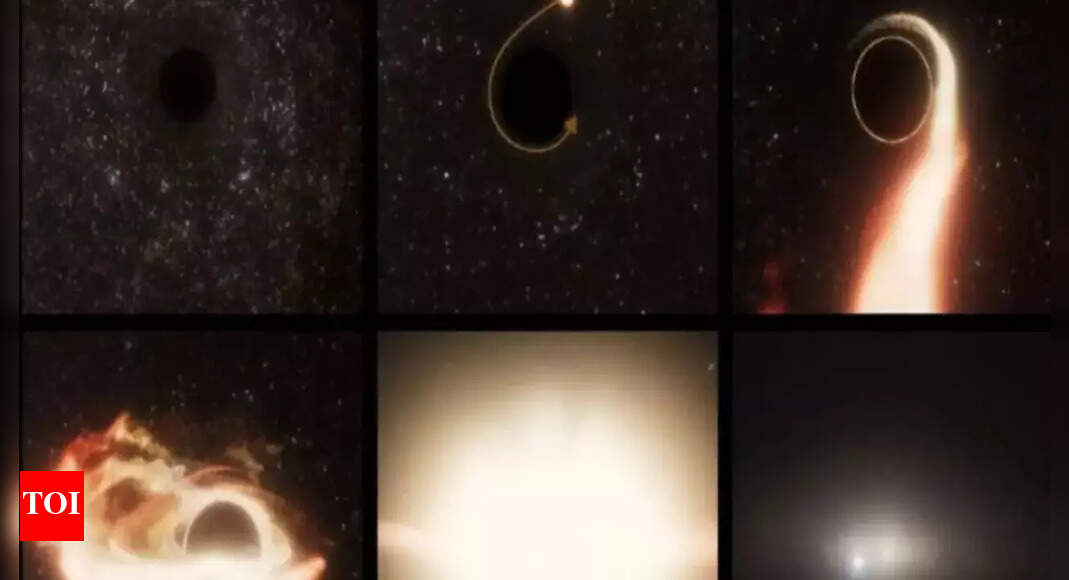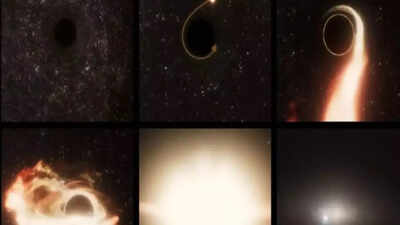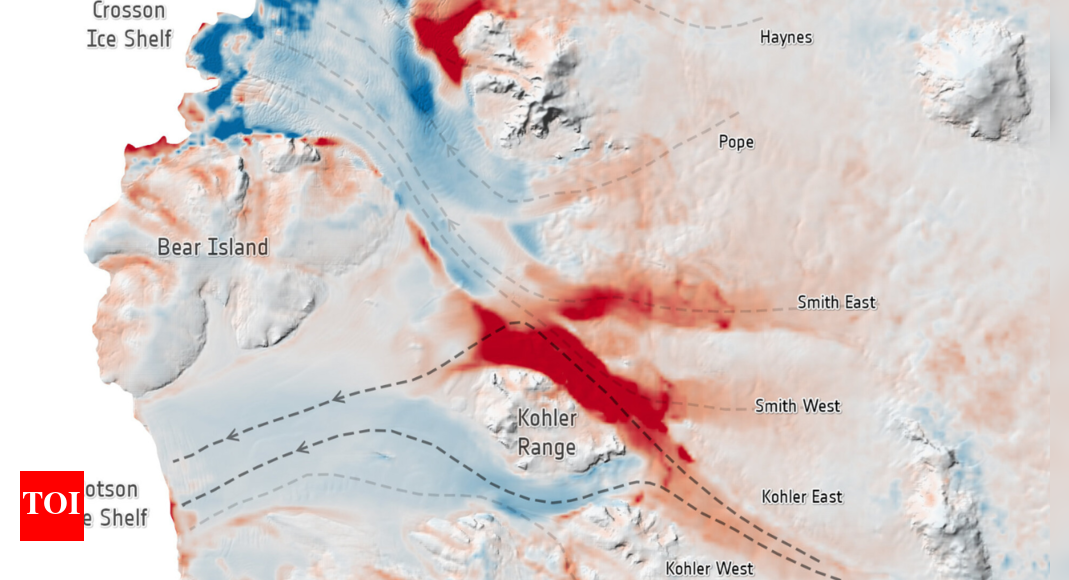Astronomers have made a landmark finding in their quest for black holes where a supermassive black hole has been seen swallowing a star within the outer space of its host galaxy for the first time ever. The landmark finding refutes the age-old belief that such types of catastrophic events take place only in the immediate vicinity of galaxies’ centers. The strange event, called “AT2024tvd,” was 600 million light-years away and is the first-ever detection of an offset tidal disruption event (TDE) observed by optical sky surveys.
Astronomers uncover a rare “wandering” black hole tearing apart a star
A Tidal Disruption Event (TDE) is when a star strays too close to a black hole and gets torn apart by the intense gravitational pull of the black hole.This is in fact known as “spaghettification,” where the star gets stretched out into thin, filamentary threads, creating shock waves and unleashing a tremendous release of energy. This disastrous event sends energetic pulses of radiation that are detectable over many wavelengths of light, from X-rays to optical radiation. TDEs are typically associated with the violent gravitational forces around the centers of galaxies, where supermassive black holes reside.The “AT2024tvd” event is a breakthrough in our understanding of black holes. It was discovered by the Zwicky Transient Facility (ZTF) and further verification through observations by NASA’s Hubble Space Telescope and Chandra X-ray Observatory, and this discovery unlocked a black hole’s activity in a most unexpected manner: a “wandering” supermassive black hole, of order 1 million solar masses in mass, not residing at the center of its host galaxy. This is the first time that offset TDEs have been detected by optical sky surveys, presenting a new glimpse of the mysterious population of nomadic black holes. Yuhan Yao, the lead study author and University of California, Berkeley astrophysicist, pointed to the significance of the find: “This is the first offset TDE found by optical sky surveys. It opens up the whole possibility of discovering this rare population of wanderlust black holes.”
New insights into wandering black holes through TDEs
The star was engulfed by the black hole and in doing so triggered a brilliant flash of light—a more luminous and hotter supernova explosion than normal.So bright was the burst that it initiated a deluge of follow-up observations by a range of telescopes around the globe. These have cast invaluable light on the behavior of black holes, especially those that wander away from galaxy centers. The discovery not only reveals an oft-noted and never-before-seen phenomenon, but also gives us a new perspective on how black holes and their role in the universe can be studied.This short-term phenomenon was detected through optical sky surveys, which are designed to monitor transient astronomical phenomena. The Zwicky Transient Facility (ZTF) played a crucial role in detecting this event, and subsequent observations through NASA’s Hubble Space Telescope and Chandra X-ray Observatory confirmed its significance. According to Ryan Chornock, a ZTF team member, “Now we can use TDEs to find them [wandering black holes].”Optical surveys application in TDE detection can revolutionize the way black holes are searched and studied in the universe. The achievement provides scientists with a useful tool to detect rogue black holes, which were thought to be almost impossible to detect.
Mysterious forces of black holes and their impact on the universe
A black hole is a region of space in which the gravity is so strong that nothing, not even light, can get away. Black holes form when a massive star collapses in on itself because of its own gravity after it has burned all of its nuclear fuel. Black holes are invisible, but it could be possible to deduce that they exist based on observing the way that they alter the movement of nearby stars, gas, and light. An illustration is erratically moving stars or material sucked into a glowing disk surrounding a black hole as indirect signs of their presence. Can a black hole approach Earth? While sensational in its possibility, the likelihood of a black hole approaching Earth is extremely slim. The nearest known black hole is located thousands of light-years from Earth, and even a rogue black hole such as the one measured by this research is hundreds of millions of light-years from Earth. This provides some level of security for our solar system because black holes do not pose an immediate danger to Earth.This historic first-ever offset TDE discovery is a new chapter in black hole science, yielding new knowledge on the misbehavior of supermassive black holes and its effects. As the astrophysical community continues to study this event and other such events, we wait with bated breath for more light to be shed on the universe’s most enigmatic objects. With the use of TDEs as a method of finding rogue black holes, scientists are set to explore even deeper the nature of these space monsters.Also Read | “Every single dot is a boat…”: NASA astronaut captures China’s expansive fishing fleet from space











